Tickets, please Passengers riding New York Central’s deluxe 20th Century Limited sleeper-observation car required two tickets, one for rail travel and one for the sleeping accommodations. Don Wood photo […]
Tickets, please
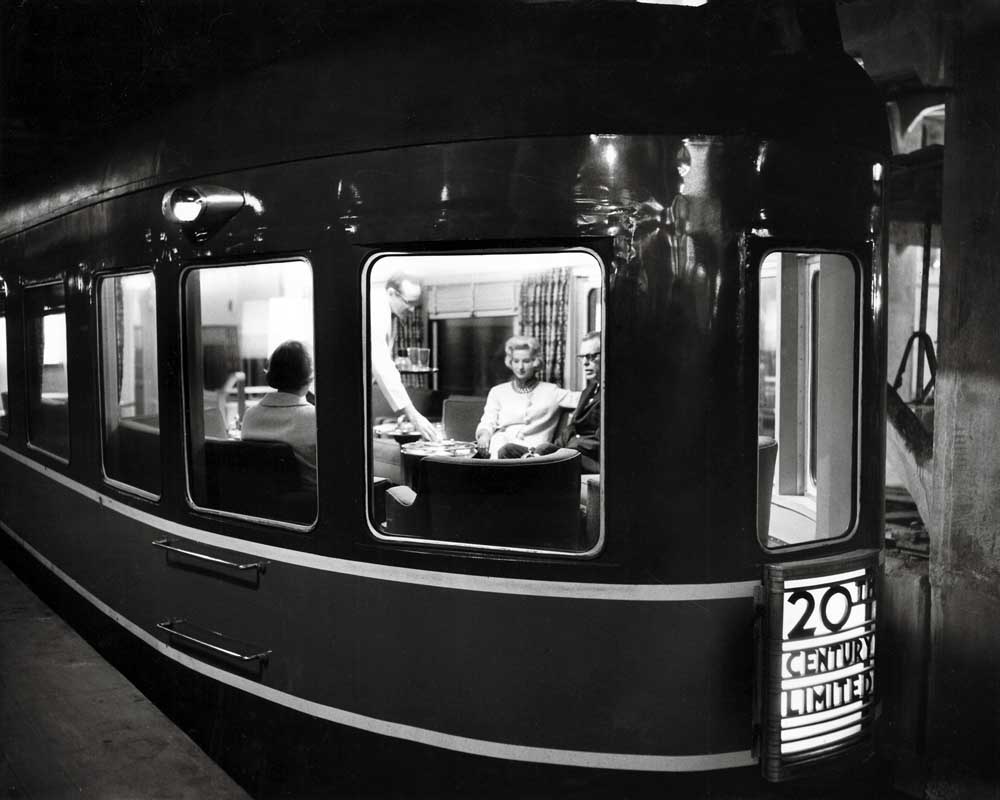
Action may be required on your Trains.com account in order to continue accessing content. Click here to learn more.

Tickets, please Passengers riding New York Central’s deluxe 20th Century Limited sleeper-observation car required two tickets, one for rail travel and one for the sleeping accommodations. Don Wood photo […]
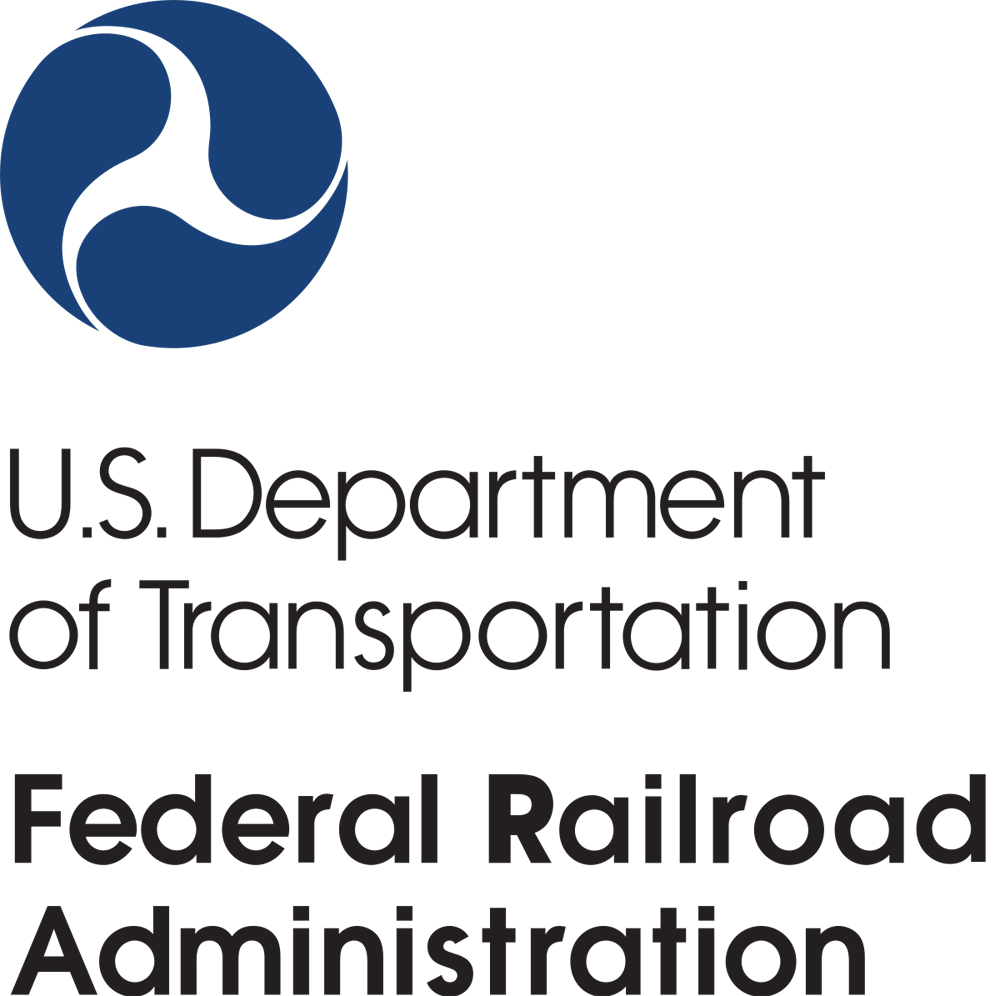
WASHINGTON — The Federal Railroad Administration is launching its own investigation into the Saturday derailment of Amtrak’s westbound Empire Builder in northern Montana. Specifically, FRA has sent a team of 18 dispatched to the scene consisting of technical experts in track, motive power & equipment, signal and train control, and operating practices. The agency has […]

WASHINGTON — Amtrak CEO Bill Flynn has issued a statement on Saturday’s fatal derailment of the Empire Builder in Montana. “We are in mourning today for the people who lost their lives due to the derailment of the Empire Builder train Saturday, near Joplin, Montana, on the BNSF Railway, as well as the many others […]
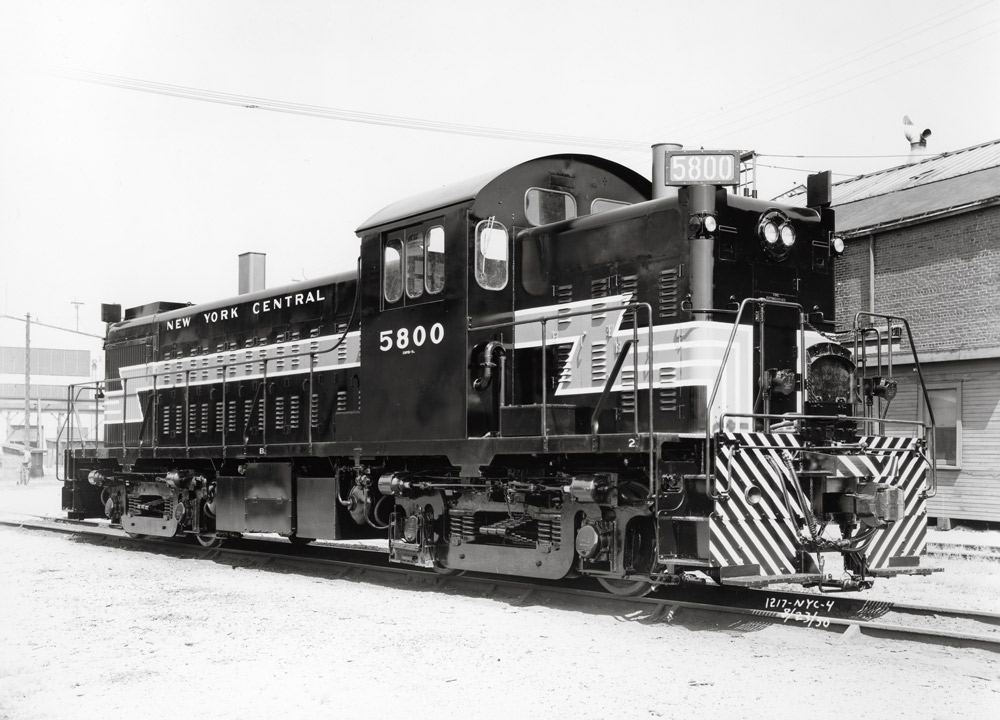
Lima-Hamilton locomotives history Lima-Hamilton locomotives were built out of Lima, the youngest and smallest of the Big Three steam builders. The Ohio manufacturer was synonymous with steam at its best, and it upheld the steam standard to the bitter end. Even as legions of diesels were rolling off the erecting floors of competitors, Lima Locomotive […]
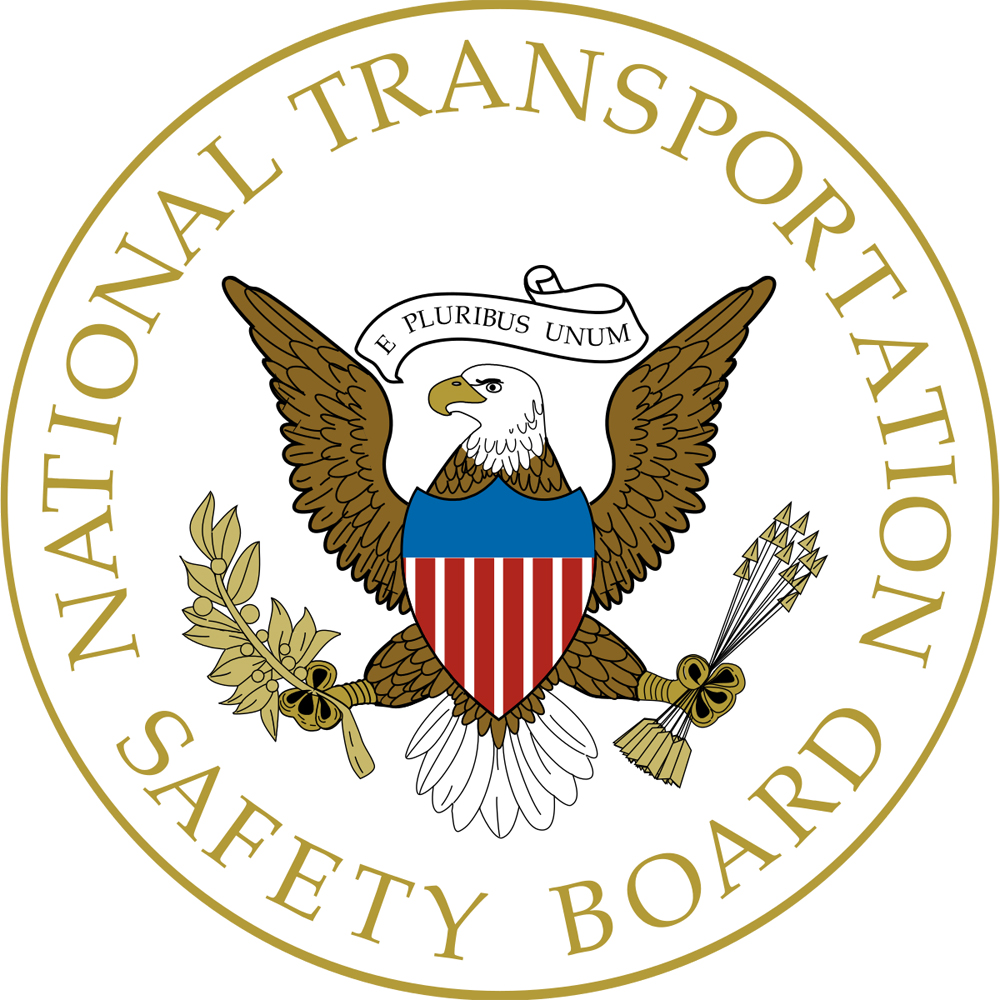
GREAT FALLS, Mont. — Investigators with the National Transportation Safety Board have arrived at the site of Saturday’s derailment of Amtrak’s Empire Builder passenger train near Joplin, about 50 miles west of Havre. The NTSB is the lead agency in the investigation of the derailment, which occurred at about 3:55 p.m. Saturday in a remote […]
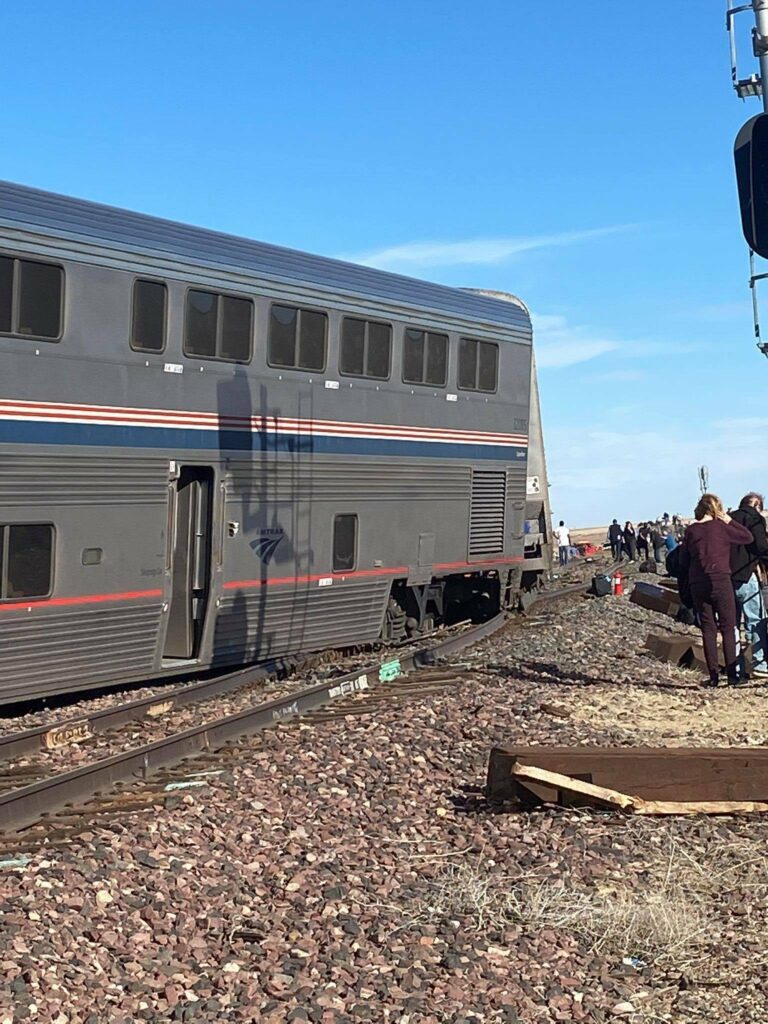
HAVRE, Mont. – Amtrak confirms three deaths in the Saturday derailment of the westbound Empire Builder near Joplin, about 50 miles west of Havre. The train, which originated in Chicago on Friday, had 141 passengers and 16 crew members onboard. The train consisted of two locomotives and 10 cars, with eight of those cars derailing, […]
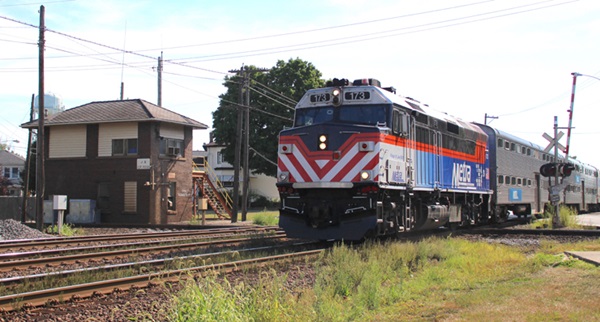
CHICAGO – Union Pacific has won a key legal ruling in its long-running dispute with Metra regarding operations of three commuter routes. A federal judge on Thursday ruled that UP has no common carrier obligation to provide commuter service on the UP North, UP West, and UP Northwest Lines. Metra had sought to show that UP […]

PORTLAND, Maine — Surface Transportation Board Vice Chairman Robert Primus says railroads need to improve service in order to regain traffic lost to trucks over the years. “One of the biggest areas of concern that I have … is in the area of service,” Primus told the North East Association of Rail Shippers on Thursday. […]
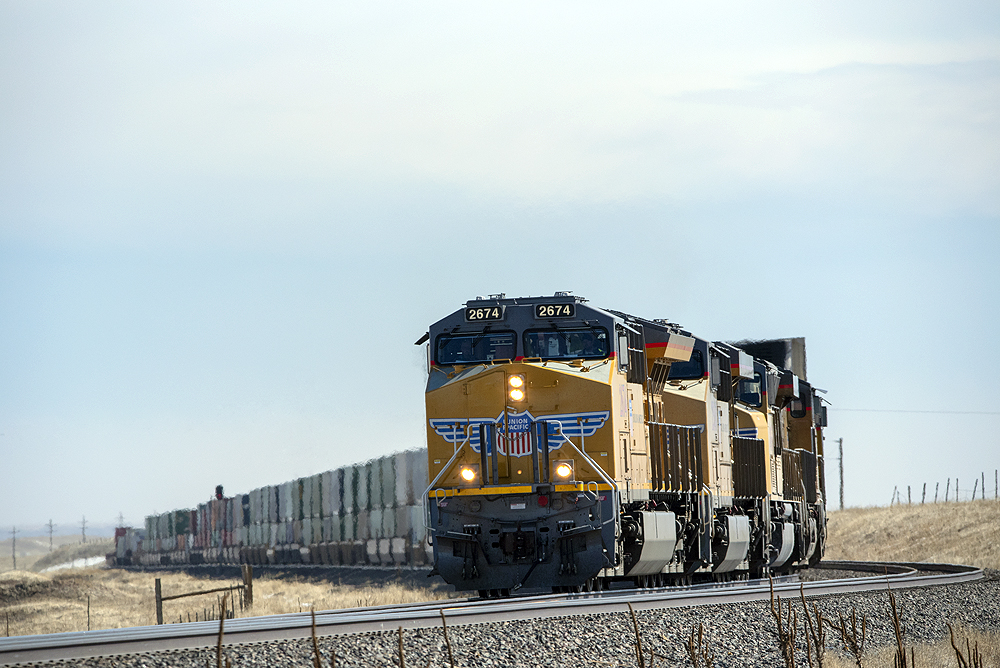
Sherman Hill is one of the landmarks on the transcontinental railroad. It was the first major obstacle for the railroad as it headed west. It’s the highest point on the first transcontinental railroad with the original summit topping out at 8,247 feet above sea level. A 1901 line change shaved over 200 feet off the […]
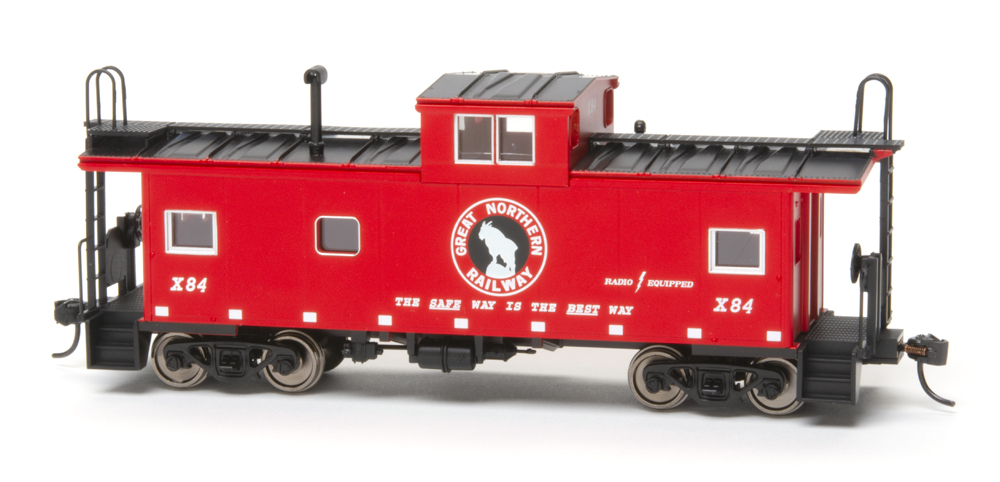
A standard-cupola caboose is the latest addition to the WalthersMainline series of HO scale rolling stock. The ready-to-run car is offered with two cupola window styles, see-through plastic running boards, and body-mounted Proto-Max metal couplers. The prototype The WalthersMainline model is based on a Great Northern (GN) prototype built by the International Car Division of […]
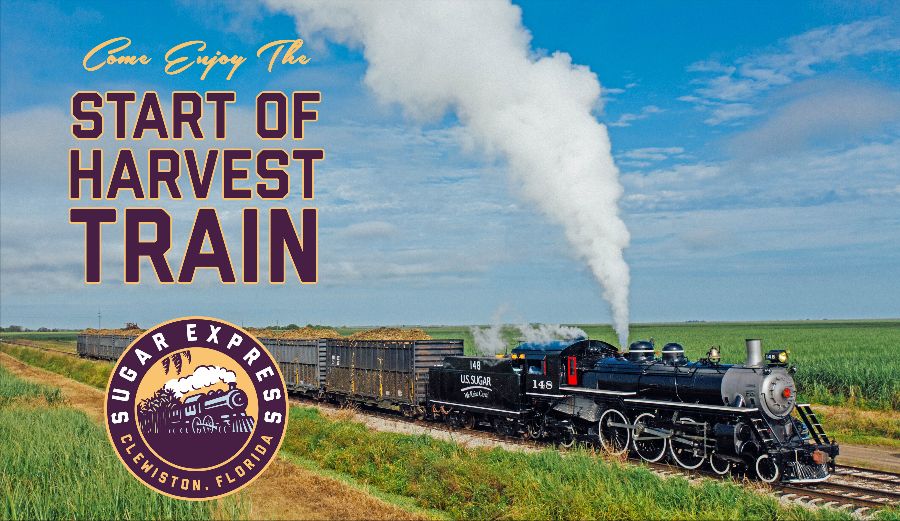
CLEWISTON, Fla. – On October 1, Sugar Express 4-6-2 steam locomotive No. 148 will power the first cane train of the season, signaling the official start of the sugarcane harvest. The train will depart 1st Avenue and Florida Avenue NW in Moore Haven at about 9:30 a.m., and pull south through Clewiston over U.S. 27 […]
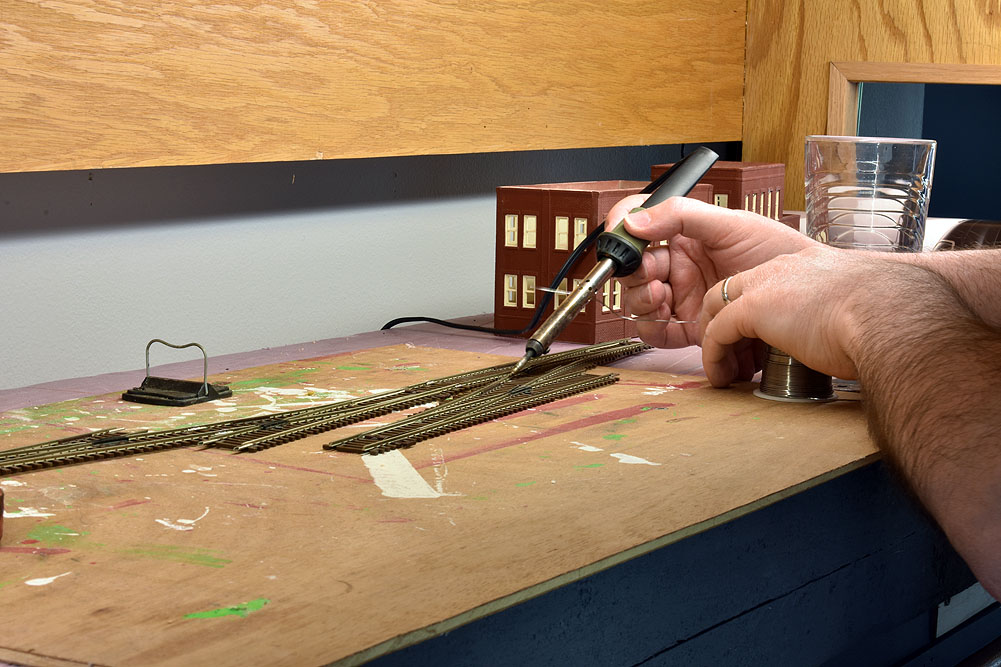
My little shelf layout is made from track and lumber salvaged from a small model railroad I was building in my apartment living room back in Pennsylvania before I moved to Wisconsin to work for Model Railroader. In my current living room, I only have room for a shelf layout, which is built into an […]